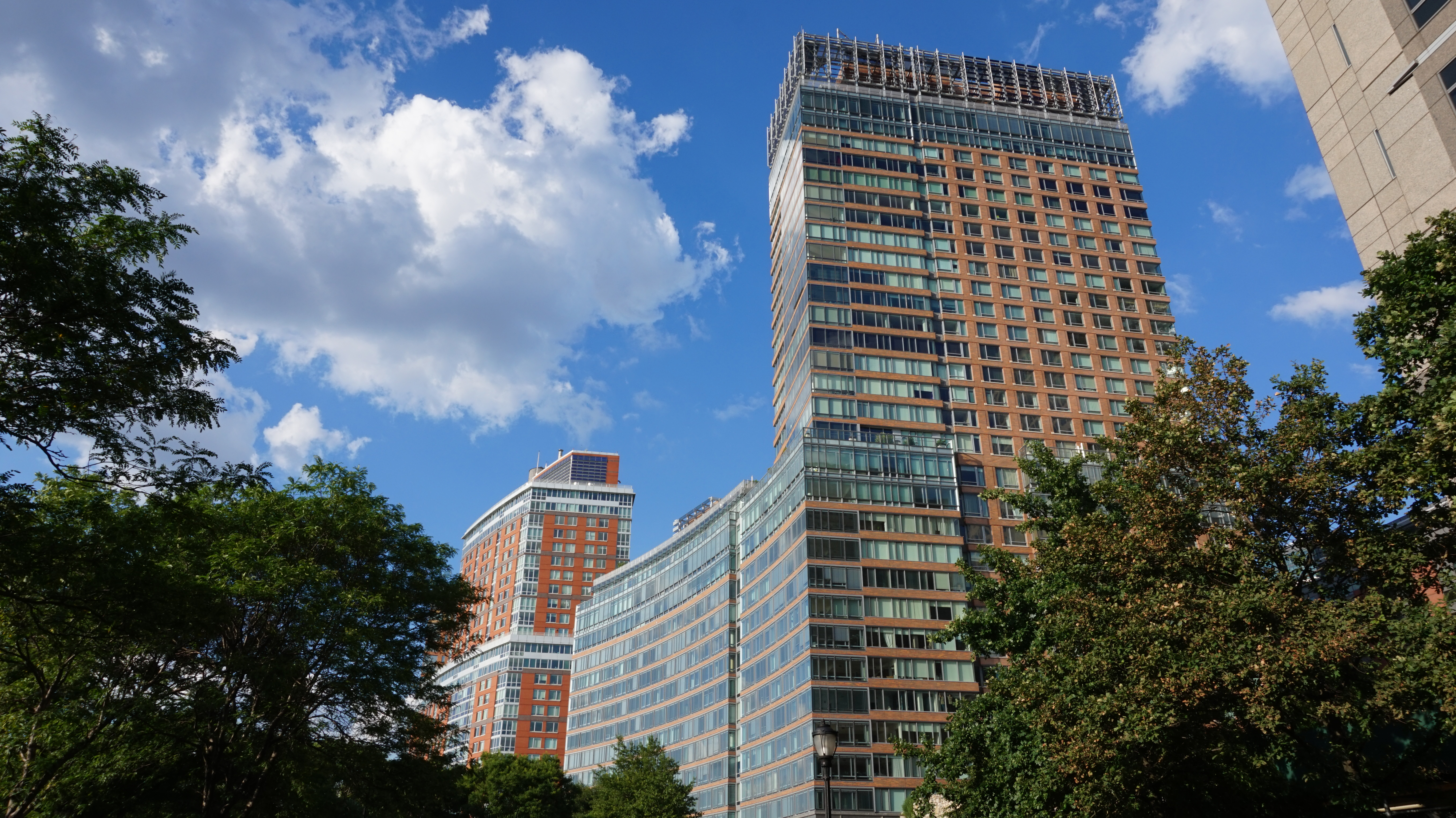This post has been read 3026 times!
 February 1, 2015- One of the biggest scams perpetrated by the real estate moguls who control the city has been their ability to pay almost no property taxes, perverting 1970’s “421a law” meant to encourage apartment building in poor sections of the city. Former Assembly Speaker Sheldon Silver, no longer in power after his arrest by the Feds, has the fats cats worrying.
February 1, 2015- One of the biggest scams perpetrated by the real estate moguls who control the city has been their ability to pay almost no property taxes, perverting 1970’s “421a law” meant to encourage apartment building in poor sections of the city. Former Assembly Speaker Sheldon Silver, no longer in power after his arrest by the Feds, has the fats cats worrying.
The NYT reports that protestors are lobbying City Hall to end the 421a program. They write, “The penthouse at One57, which offers panoramic views from 1,000 feet above 57th Street, recently sold for a record-setting $100.5 million. But it is not the price that has grabbed the attention of housing advocates, policy analysts, developers and city officials. Rather, it is one of peculiarities of New York real estate: a billionaire’s lair that comes with an incentive that cuts this year’s property tax bill by 95 percent, or an estimated $360,000. That has turned the six-bedroom, 11,000-square-foot duplex into a prime example for an intensifying debate over the future of a housing program known as 421-a. It offers generous property tax abatements for as long as 25 years to encourage construction, or in some cases, to generate apartments affordable to poor and moderate-income tenants.
At a City Council hearing last week, critics derided the 421-a program as an expensive boondoggle, a giveaway to developers building luxury housing in a city where the poor and the middle class often find themselves priced out of the market.
“It’s time for 421-a to go away,” said Maritza Silver-Farrell of the housing coalition Real Affordability for All. “We are being forced to subsidize luxury developers who build apartments the vast majority of New York City residents cannot ever afford.””
Crain’s reports, “The expiration on June 15 of a key real estate tax break, the “421a laws”, has touched off a fierce race among developers to break ground on residential projects across the city before time runs out. At stake are hundreds of millions of dollars in so-called 421a abatements that allow developers of rental apartments to reduce their real estate taxes on new projects for up to 25 years.
The removal from the speakership of Assemblyman Sheldon Silver, a man long seen as a friend of the city’s real estate industry, has exacerbated developers’ uncertainty over the tax break’s future.
The 40-year-old tax-break program, which cost the city $1.1 billion in forgone tax revenue in the fiscal year ended in June 2014, will likely be renewed, but with changes making it less generous to builders.
The fact that some development sites receive 421a benefits as of right, while others are required to include affordable housing, traces to changes made to 421a over the decades. The tax break took effect in 1971, a time when people were fleeing the city for the suburbs, and developers needed financial incentives to build. Subsequent revisions have yielded a system in which benefits are available in well-off areas, including all of Manhattan and waterfront Brooklyn and Queens, only if developers set aside 20% of apartments as affordable. In all other areas, no such requirement exists.
Today, when building rental apartments in much of the city has become highly lucrative, pressure is mounting to rein in some of 421a’s benefits. Some housing advocates want projects to get abatements only if they create affordable units—which are priced for renters who earn 60% or less of the area’s median income.
An even bigger worry among developers is that the portion of a project that they will need to set aside as affordable will rise to 25% or even 30%, from 20% currently. Developers insist that such a shift would drastically alter the economics of rental development deals—and the number of units that get built in the city.
“Given how high land prices have risen in the city and the rising costs of construction, it’s very hard to make rental apartment projects work financially without the current 421a abatement,” Mr. Zegen said. “If you’ve got an eligible site, you’re moving as fast as you can right now to beat the deadline.”
To cash in on the current 421a benefits, developers need to do more than break ground and pour concrete. It can take six or more months to line up construction permits from the city’s Department of Buildings. Given that lead time, development sites on the market today—unless they come with preapproved building plans—will be developed under whatever modified version of 421a Albany agrees on by June.
That reality and uncertainty over what, if any, modifications will be made has already begun to erode demand for plots in areas that were coveted just months ago. James Nelson, a sales broker with Cushman & Wakefield, said three-quarters of the bidders dropped out of the auction for a rental-development site he was marketing in Brooklyn once it became clear that construction couldn’t begin in time to meet the 421a deadline. An existing tenant will not vacate the premises for months.”
